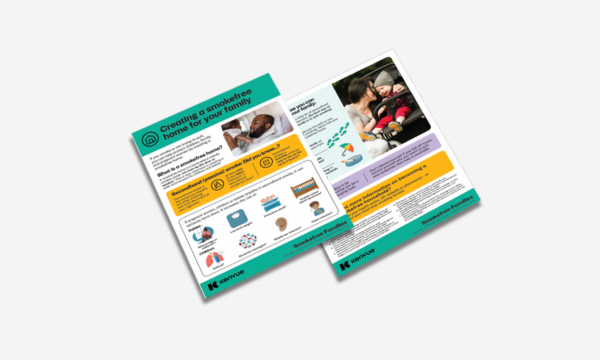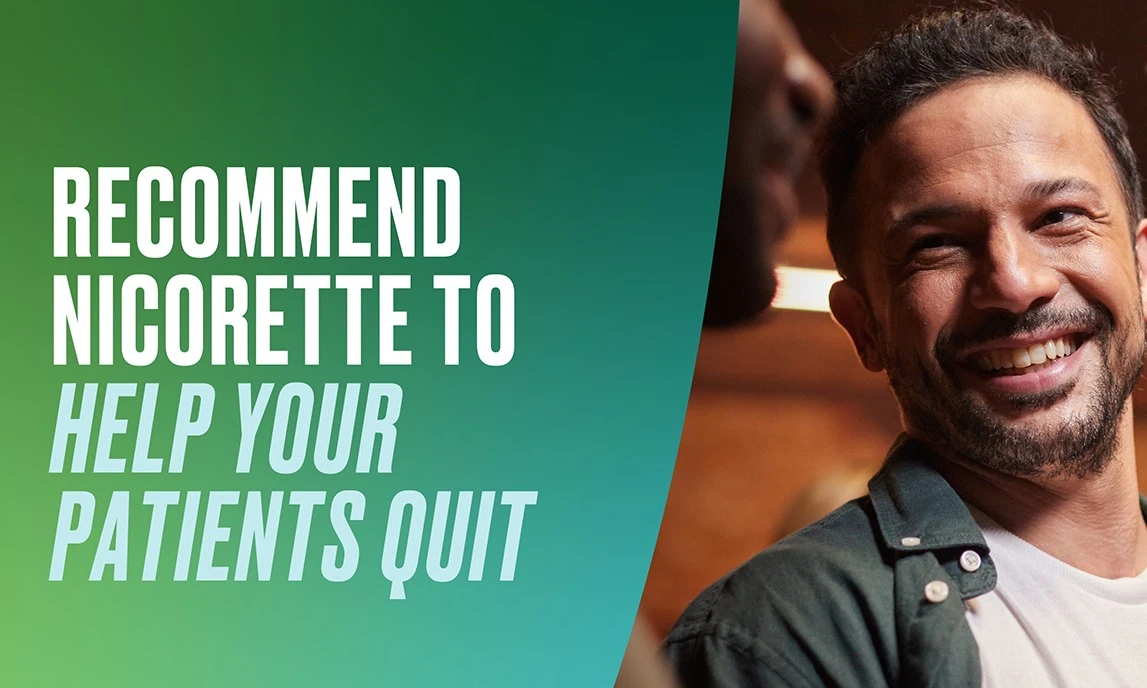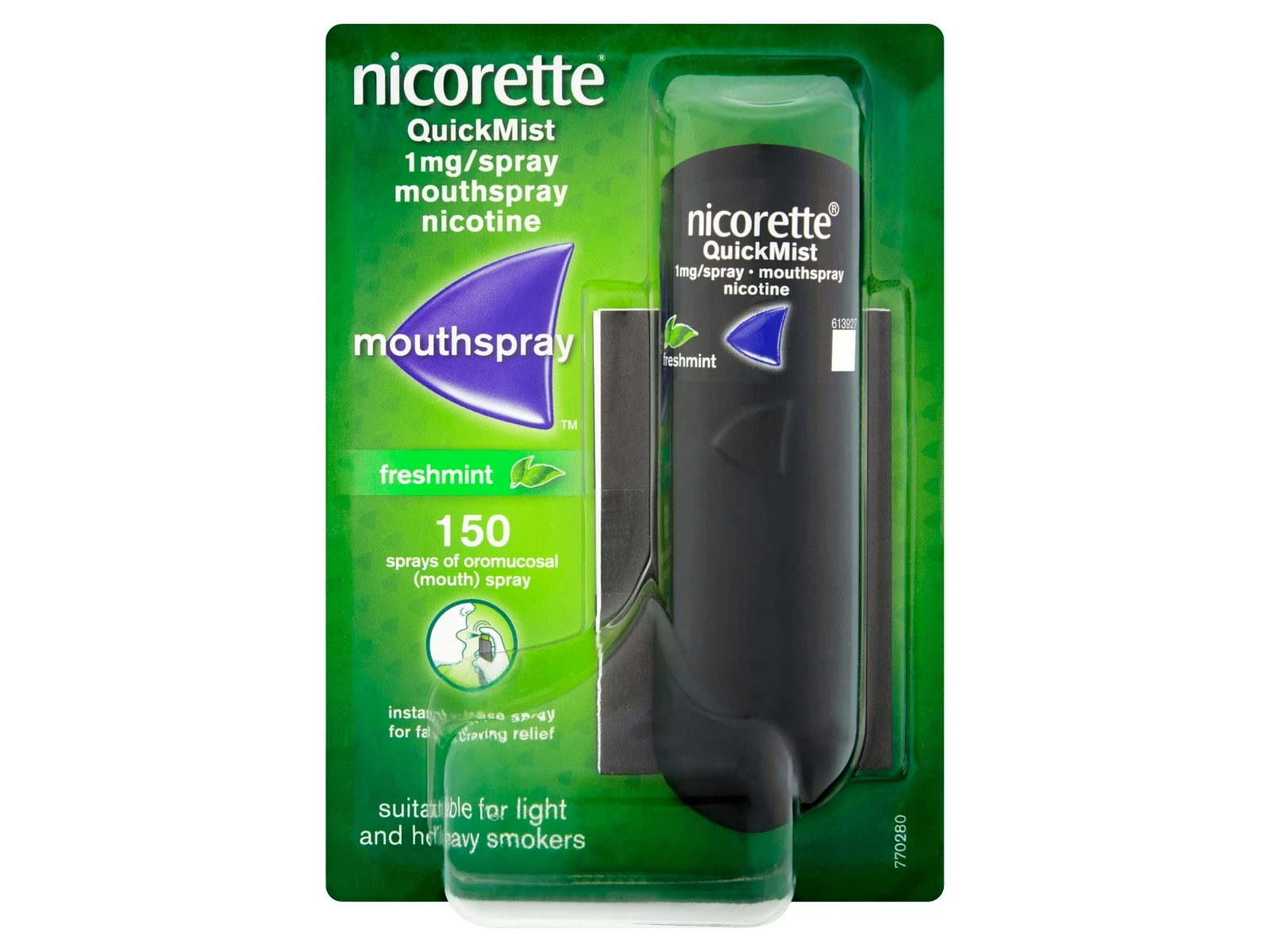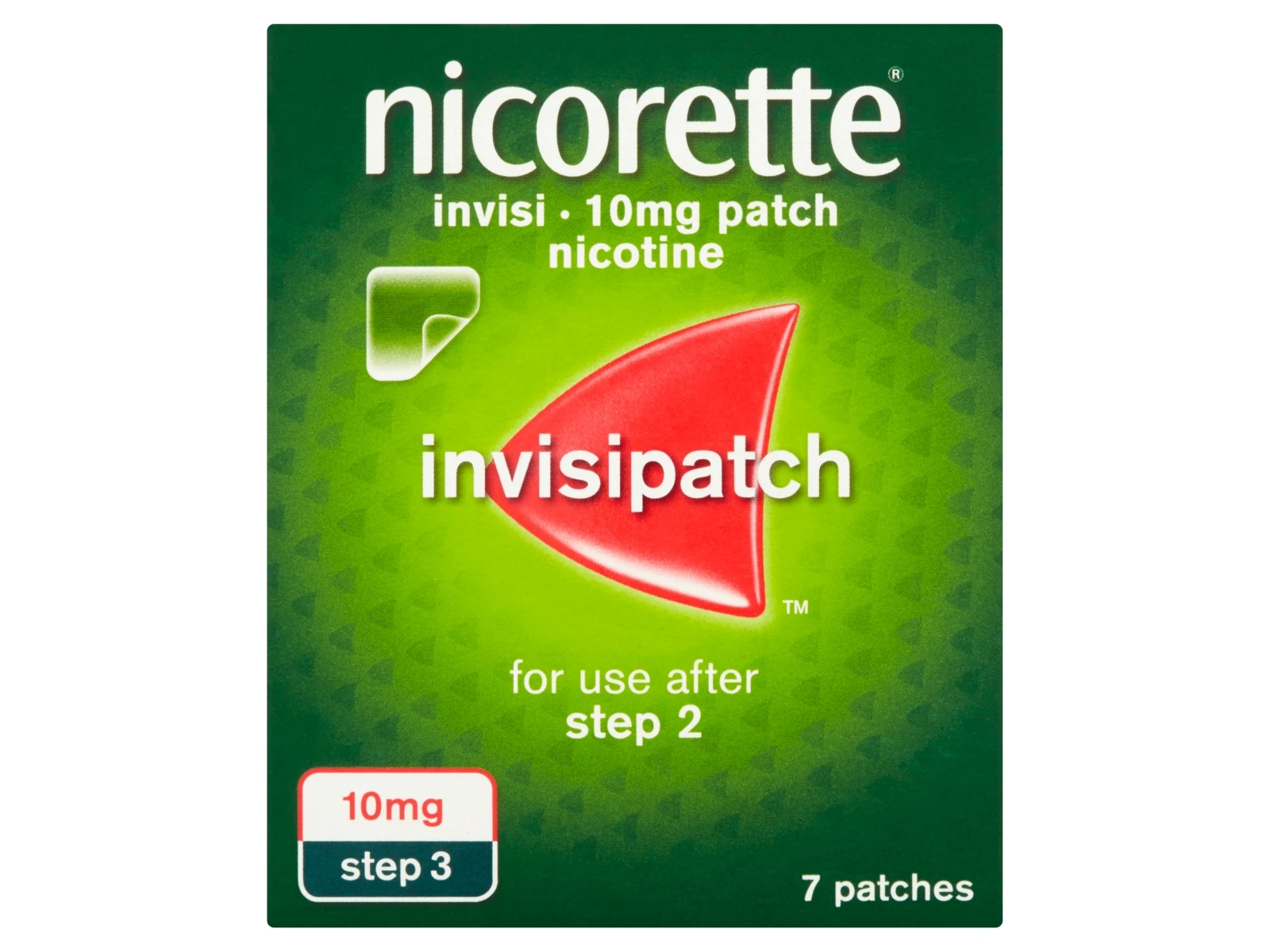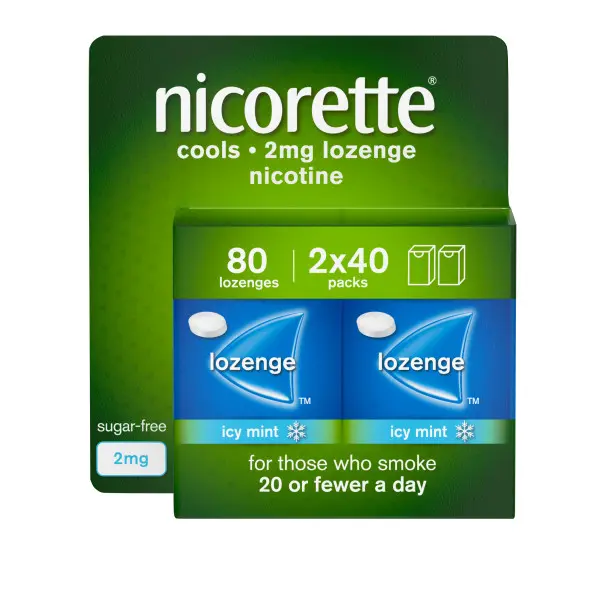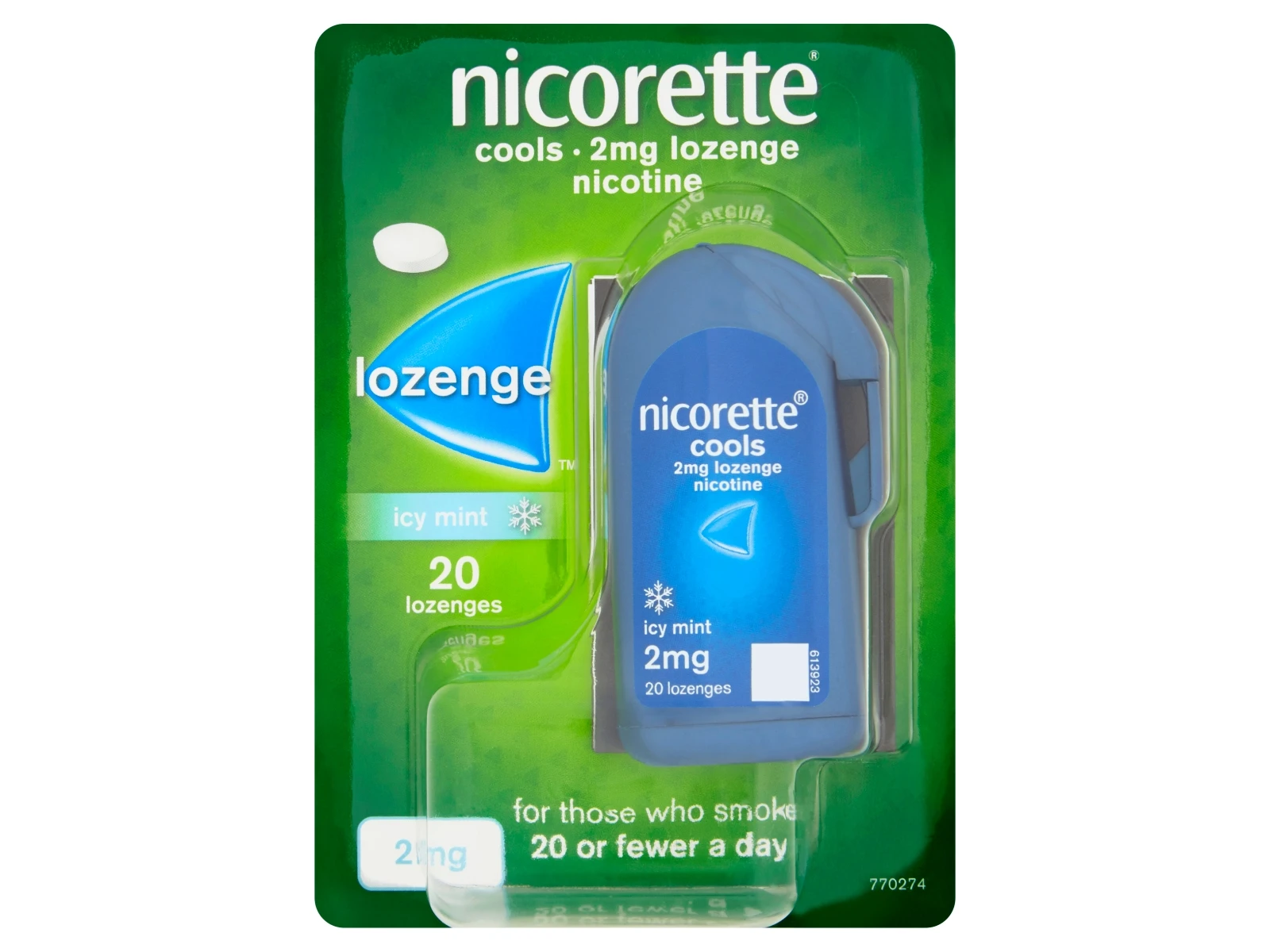Smoking and Vaping Cessation
Healthcare providers play a crucial role in helping patients quit smoking and vaping by offering personalized advice, support, and access to effective treatments, like Nicorette (nicotine) - a nicotine replacement therapy

Patient types and special populations
Quitting smoking can be particularly challenging for certain groups, including expectant mothers, individuals with multiple health conditions, and those struggling with mental health issues, requiring customized support and treatment strategies to ensure a successful cessation journey.
You can help them quit!
Unsupported, patients can falter on their journey

of smokers relying on willpower alone to quit will fail1

Boost their chances of quitting smoking 3–5x with stop-smoking aids, like Nicotine Replacement Therapy, and behavioural support 2,3

Nicorette® Total Quit training for healthcare professionals
Access a comprehensive training deck developed in partnership with clinical experts to support your patients in quitting smoking and nicotine. Learn about nicotine dependence, alternative products and evidence-based strategies using Nicorette NRT.
Pharmocotherapy articles
Smoking and Vaping Cessation Resources
Prescriber Hub

HCPs are vital for successful quitting attempt
Quitting smoking is one of the hardest things a person can do

85 % of patients would appreciate their HCP raising the topic of smoking cessation6

Even less than 3 minutes of discussion with HCPs can increase smoking cessation and abstinence rates by 40 %6
How do you create the stop smoking plan for your patient?
Even less than 3 minutes can save a life
*VBA = Very Brief Advice
References
Dono, J. et al. The Lancet Regional Health Western Pacific. 2022, Feb. Vol19.100342. doi: 10.1016/j.lanwpc.2021.100342.
West, R. and Papadakis, S. (2019) Stop smoking services: increased chances of quitting. London; National Centre for Smoking Cessation and Training.
Sutherland G. Heart 2003; 89(suppl II): ii25–ii27.
Data on file. Incite. May 2023, UK Nicotine Landscape. Main study (discordant nicotine users).
Slama KJ, et al. Fam Pract. 1989 Sep;6(3):203-9.
Fiore MC, et al. Am J Prev Med. 2008 Aug;35(2):158 76.
NICE guideline NG209. Tobacco: preventing uptake, promoting quitting and treating dependence. November 2021.
U.S. Department of Health and Human Services. Smoking Cessation. A Report of the Surgeon General. Atlanta, GA: U.S. Department of Health and Human Services
NCSCT standard treatment programme 2019.
Govt.UK. 95% of ex-smokers see positive changes soon after quitting. 2023. https://www.gov.uk/government/news/95-of-ex-smokers-see-positive-changes-soon-after-quitting
UK-NIC-2025-241219
October 2025




